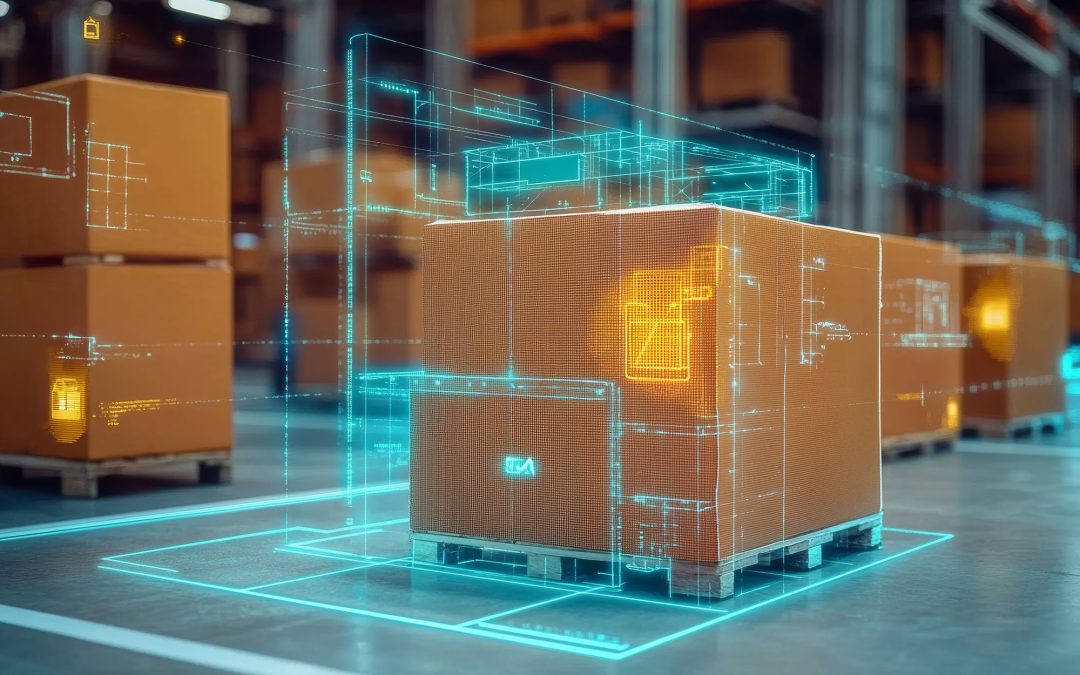In the fast-paced world of supply chain management, many logistics and warehousing operations still operate with a predominantly transactional mindset. This means focusing primarily on executing tactical tasks like processing orders, moving inventory, and meeting delivery deadlines. While these core functions are critical, adopting a more transformational approach can unlock significant benefits for your business.
What is a Transformational Mindset?
A transformational mindset in logistics goes beyond just completing transactions efficiently. It involves taking a strategic, big-picture view to continuously improve operations, enhance the customer experience, and drive innovation. Key elements of this mindset include:
1.Process Optimization: Closely examining current workflows to identify opportunities for streamlining, automation, and waste reduction. This could involve everything from warehouse layout redesigns to transportation route planning.
2.Technology Adoption: Actively seeking out and implementing new technologies like warehouse management systems, robotics, and predictive analytics to enhance productivity, visibility, and decision-making.
3.Collaborative Partnerships: Working closely with suppliers, carriers, and customers to align goals, share data, and develop mutually beneficial solutions. This moves beyond a purely transactional vendor-client dynamic.
4.Continuous Improvement: Instilling a culture of ongoing evaluation and refinement. Regularly soliciting employee feedback, analyzing performance metrics, and testing new approaches.
5.Customer-Centricity: Maintaining a laser focus on enhancing the end-user experience through faster deliveries, better order accuracy, and responsive issue resolution.
Benefits of the Transformational Approach
Embracing a transformational mindset in logistics can yield significant dividends, including:
– Increased Efficiency: Streamlined processes, automation, and data-driven decision-making lead to time and cost savings.
– Greater Agility: The ability to quickly adapt to changing market conditions, customer needs, and supply chain disruptions.
– Competitive Advantage: Differentiation through superior service quality, innovation, and responsiveness.
– Stronger Partnerships: More collaborative, trust-based relationships with suppliers, carriers, and customers.
– Employee Engagement: A culture of continuous improvement fosters a sense of purpose and ownership among the workforces.
Getting Started
Transitioning from a transactional to a transformational mindset doesn’t happen overnight. It requires a concerted, top-down effort to shift mindsets, realign processes, and invest in the right enabling technologies. Start by:
1. Assessing your current state – identify pain points, strengths, and opportunities for improvement.
2. Establishing a clear, compelling vision for the future state.
3. Engaging key stakeholders across your organization to build buy-in and ownership.
4. Developing a roadmap with defined milestones, responsibilities, and success metrics.
5. Empowering your teams to experiment, learn, and continuously refine your approach.
Conclusion
The journey to becoming a truly transformational logistics operation may be challenging, but the long-term payoffs in efficiency, agility, and customer satisfaction make it well worth the effort.

